Editor’s note: We’re thrilled to announce the winners of our Reinvention Essay Contest. Out of 50-plus submissions, our judges chose this wonderful story about meditation gardening by Clorisa Phillips of Charlottesville. VA, as a runner up. Read the winning essay here.
***
Our yard has more than 80 azaleas, planted to form loose hedges by the first owner of our house in the late 1950s. When my husband and I bought it 30 years later, we loved the large, lush azaleas and brilliant pinkish-red blossoms they produced every spring. On sunny days, the flowering bushes cast a crimson glow on our living room ceiling. I liked that the owner had planted them when I was a baby.
Yard work shored up my Dad’s mental health.
I devoted hours to weeding around and pruning my azaleas, enjoying the respite from my job. In a small city dominated by my university employer, a visible human resources role meant fielding questions in restaurants, theaters, church, at the dry cleaners. Alone with my azaleas, nostalgia of helping my father with yard work and being his chief “stick-picker-upper” warmed me all over. Using his geraniums, marigolds, zinnias, and azaleas as examples, Dad explained how “dead-heading” and removing unproductive growth will reinvigorate a plant. In the evenings, my parents walked through the yard, selecting my mother’s favorite gardenias and roses to bring indoors.
I didn’t realize then that my father’s gardening was more than pride in our home or a former farm boy loving dirt; yard work shored up Dad’s mental health. He’d been Inspector General for testing and evaluation of U.S. Army ordnance and chemical weapons in the Vietnam War early years, working under enormous pressure; later, as a civilian, he spent years transforming a small college into a major university. When he was home, he almost compulsively planted, pruned, cleared, raked (or I did), and fertilized. Our yard looked like a magazine cover. At night, he gardened under floodlights.
Read More: Painting My Way Out of Grief: A Story of Risk and Recovery
Neglect and Change
My azaleas received less attention when I became a parent. Some years I found helpers to prune and fertilize them; other years I did nothing. My career advanced, and I led strategic university-wide projects and international ventures. After a promotion I became responsible for institutional accreditation and academic-governmental relations, orchestrating countless reports, leading committees on unpopular assignments, answering to officials and regulators on almost infeasible timeframes—and becoming increasingly dissatisfied.
On short visits home, I hardly noticed the azaleas.
Meanwhile, my father fell victim to Alzheimer’s, my mother developed cancer, and our daughter struggled with health problems. My azalea time was limited to observing them as I drove up and down my driveway—to and from work, my daughter’s school and doctors, almost monthly 1,000-mile round trips to my parents in South Carolina for over a year. On top of everything, menopause came on mercilessly. My doctor prescribed medication for nerves and sleep deprivation. I didn’t even notice I’d turned 50.
My parents’ deaths were inevitable. I took a few days off work and wrote and delivered their eulogies. I hardly missed a beat at the office, yet grew more disenchanted. Thinking a new setting would turn that around and, especially, assuage my grief, I answered the call to lead a small, struggling college elsewhere in Virginia. I lived away from my husband and daughter for four years; on short visits home, I hardly noticed the azaleas.
Walking Away
I served four years before I walked away, depleted and haggard. When I rejoined my family, the once-vibrant azaleas were dull, scraggly, and out of control. I wanted to restore their former vibrancy. In my mind, I saw and heard my father in his beat-up gardening clothes: Dramatic pruning will reinvigorate azaleas. I searched the garage for my old hand pruners, now rusty and stiff—then made a trip to a local garden shop.
Being amid the azalea bushes almost daily for four months was more exposure to nature than I’d had in decades.
I cut back the azaleas aggressively, clipping them to expose neglected, almost barren, inner branches. I worked not only from the outside of the bushes, but also underneath and inside. When my new hand pruners hit thick, stubborn, branches they couldn’t manage, I acquired two-handed lopping pruners. Daily, I was sweaty, dirty, and exhausted, not unlike my father, who often was so disheveled after yard work that he was unrecognizable (a neighbor once asked my mother for our fabulous yard man’s name). With a mess to dispose of routinely, I became my own “stick-picker-upper.” I considered stopping my project due to tendonitis from aggressive pruning. Weighing pain against aesthetic and psychic rewards, I added a wrist brace and Advil to my arsenal.
Much later I would read in Dr. Sue Stuart Smith’s A Well-Gardened Mind, “a long session in the garden…can leave you feeling dead on your feet but strangely renewed inside, both purged and re-energized, as if you have worked on yourself in the process.” Being amid the azalea bushes almost daily for four months was more exposure to nature than I’d had in decades.
The Healing Dirt
As I stripped away dead branches and reshaped remaining ones, I admitted to being unhappy in my career for many years. I often dreaded going to work, yet I pushed myself to produce and excel. I’d worked during family vacations—at a Canadian retreat, I holed up in the manager’s tiny office for Internet while my family canoed in the gorgeous lake, hoping I’d join them soon. I worked when unwell, once hosting consultants in my home while recovering from C-section surgery. In my final year at the little college, a large unexplained mass appeared in my neck, only resolved after four weeks of antibiotics, my job resignation, and five months without stress. Now, in the dirt and mulch, I asked myself why I had persisted through misery for over 35 years. What would I do next?
Uncharacteristically, I didn’t feel pressure to answer these questions.
With only azaleas to hear my secrets, I also admitted to being profoundly sad about my parents’ deaths years before. I was haunted by guilt that I hadn’t spent enough time with them at the end of their lives. The anguish was far worse than my professional unhappiness. Was intense grief after 14 years normal? What could I do to grow beyond the stalled feelings that had such a powerful hold over me? Would finding ways to honor my parents ease my grief?
Uncharacteristically, I didn’t feel pressure to answer these questions. There were no constituents to satisfy. No deadlines to meet. No speeches to give. No meetings to convene. No phones to answer. It was just me, the dirt, mulch, azaleas, and hand pruners (and lopping pruners occasionally). I felt free, confident to chart a new future.
I labored at the azaleas through the summer. To my delight, they began re-growing. In the evenings, I walked among them, marveling at bright green leaves sprouting from branches I’d feared were dead. Rewarded for my time and energy, I pledged to maintain their health in off-seasons. Better yet, I vowed to give myself time and space to answer my questions.
As that summer ended, I oiled and stored my new hand pruners to maintain their usable condition. Gardener-author-psychiatrist Dr. Sue Stuart Smith advises that destruction is often necessary to shepherd future growth—she calls it “wielding pruning shears in the service of growth.” My father put it a little differently—“you’ve got to cut these branches back to get them to grow again”—but his message was similar. I’ve since learned that hand pruners go by many names—pruning shears, clippers, and in Britain, secateurs. I call them all tools of rebirth.


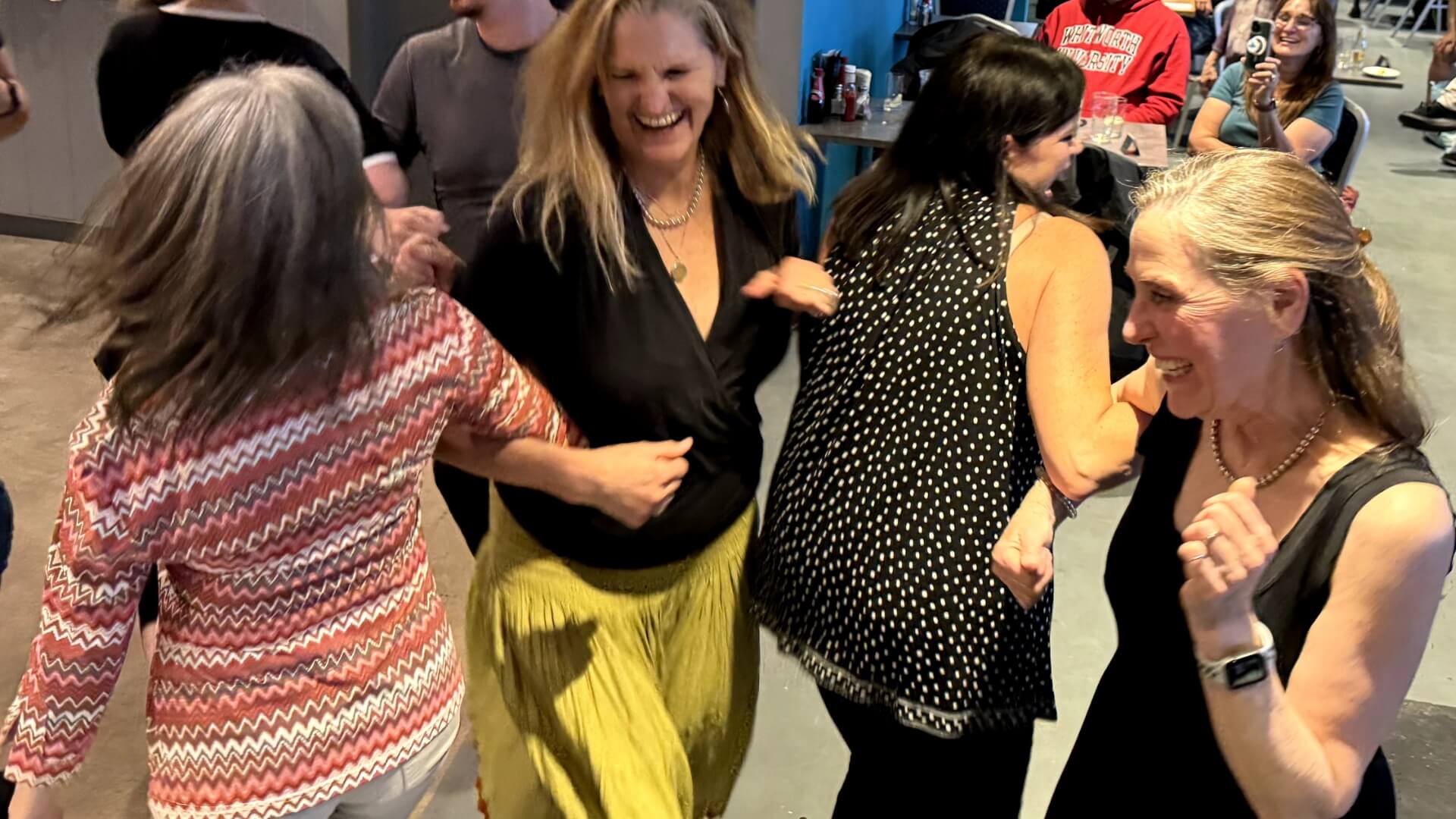
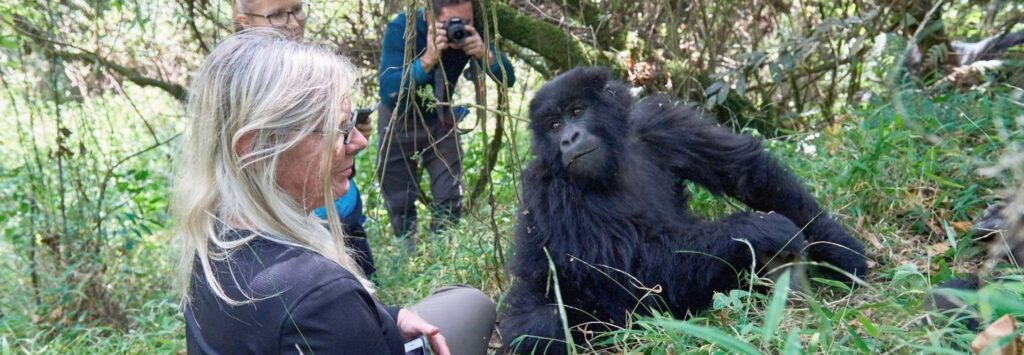





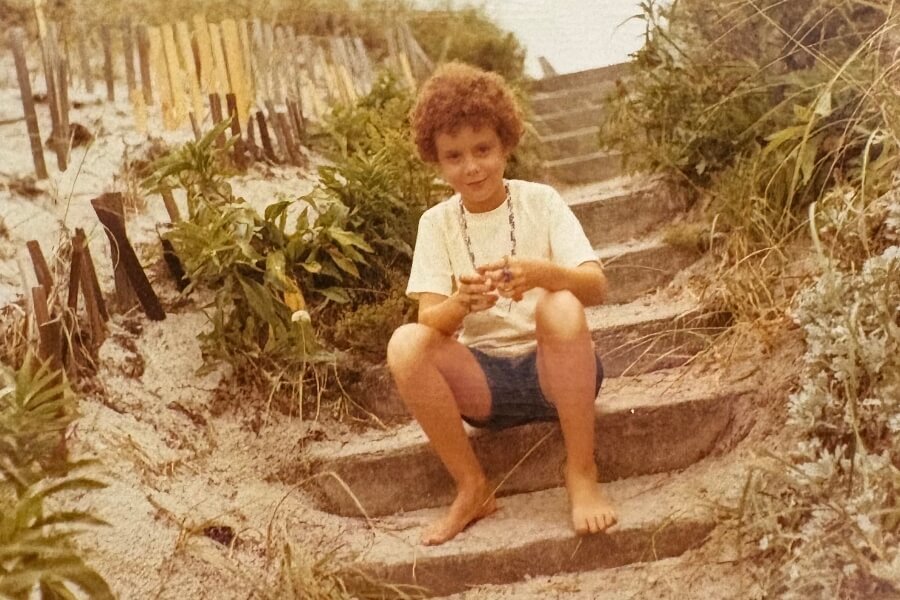

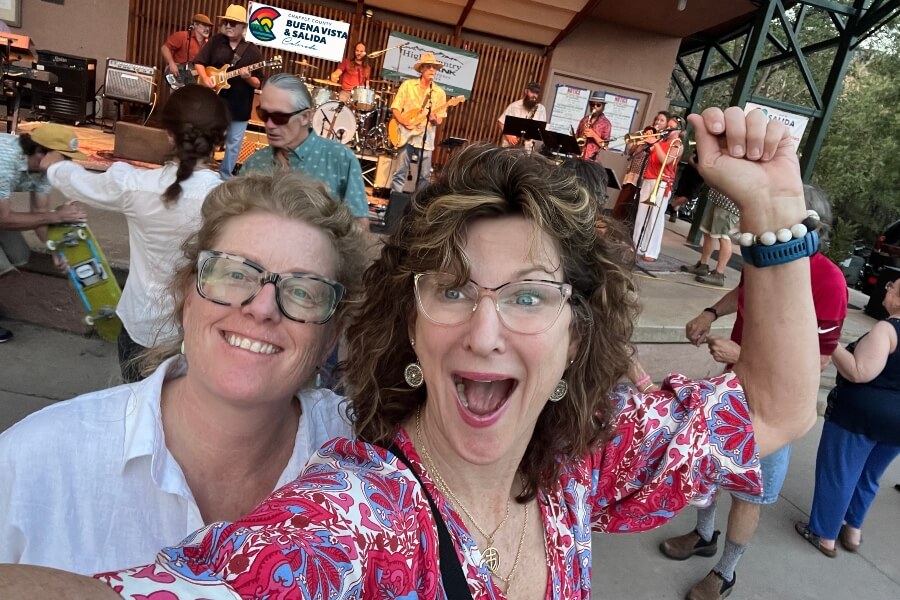







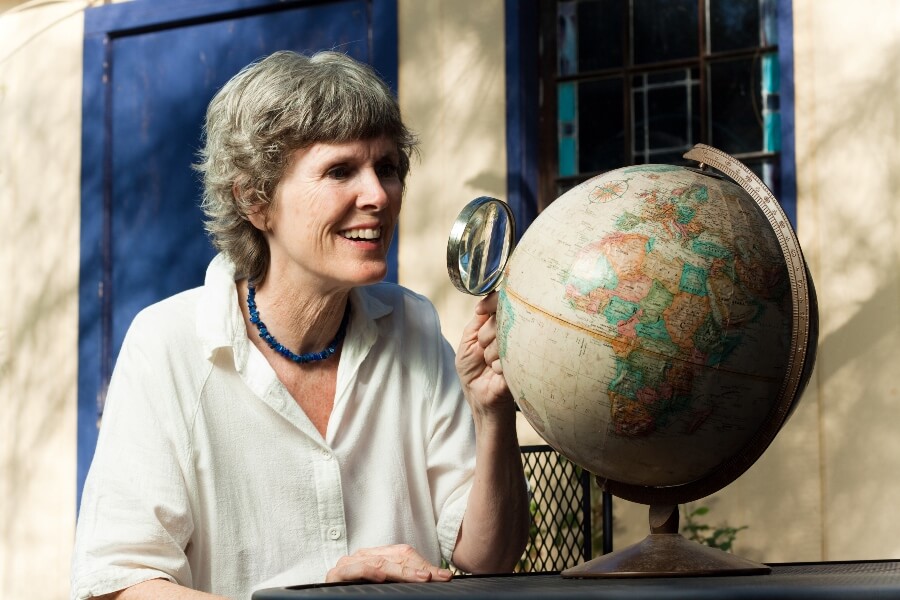
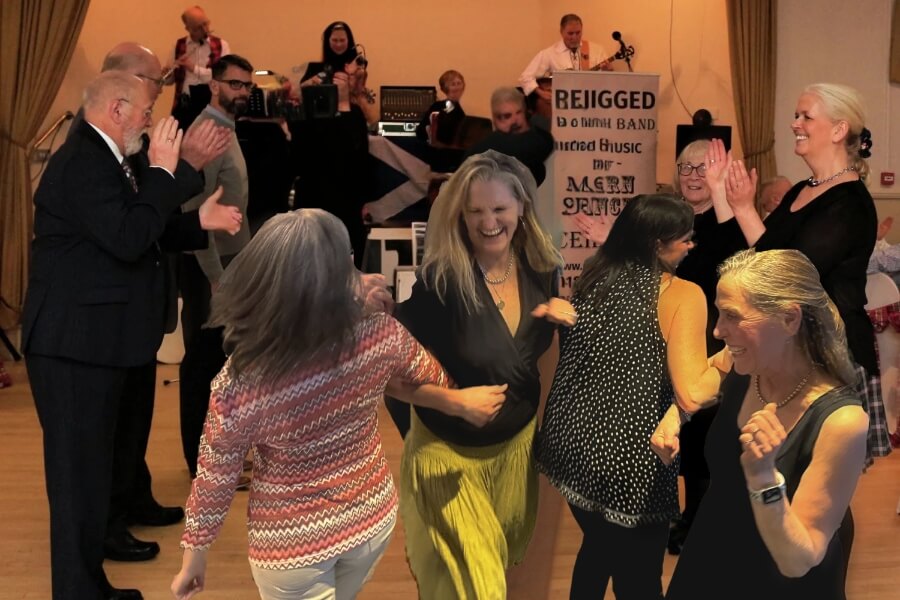


0 Comments